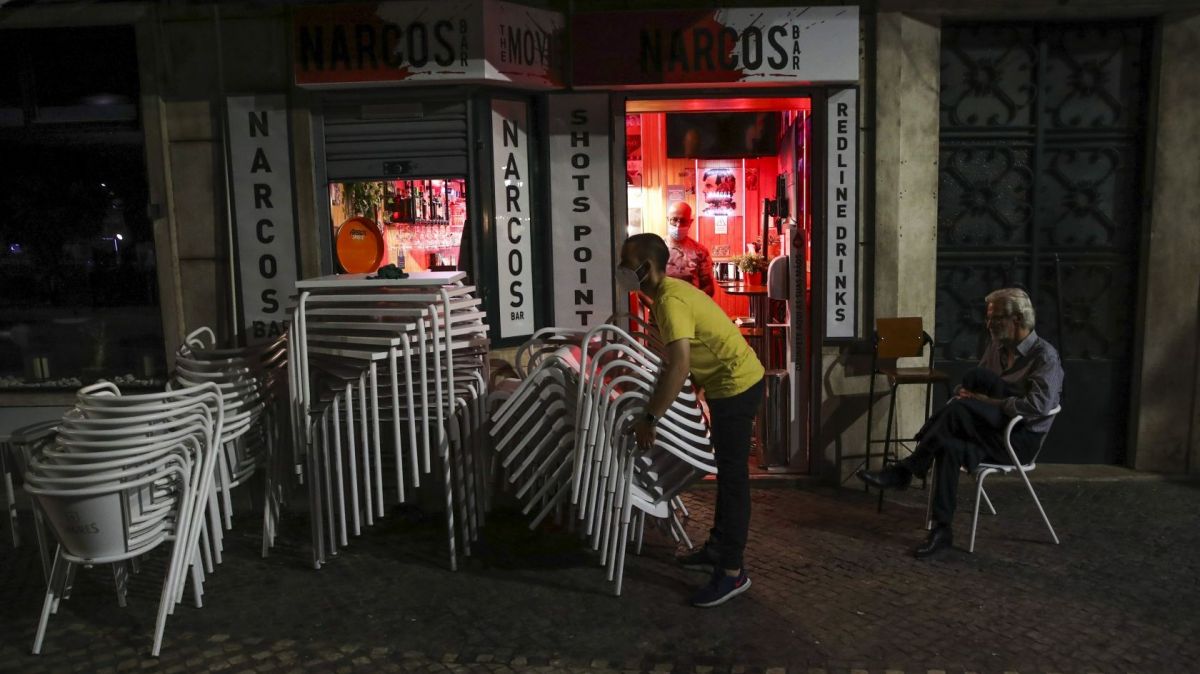A team of experts from the Association for the Development of Industrial Aerodynamics (ADAI) and the Systems and Robotics Institute (ISR), from the Faculty of Science and Technology of UC, developed a fire protection system, which will be tested.
The technology, which was developed under the project 'FireProtect - Systems for the Protection of People and Critical Elements Exposed to Forest Fires', coordinated by the university professor Domingos Xavier Viegas, will be tested in the village of Travessas, in the municipality de Arganil (Coimbra district).
Installed in Travessas, with the support of the Arganil City Council and the Celavisa Parish Council, the system is based on a “line of water sprinklers that can be activated in an outside fire situation and that threatens the population”.
This sprinkler line was “divided into four independent sprinkler modules distributed over approximately 160 metres, covering the most exposed peripheral areas” of the village, explain, quoted by the UC, the scientists involved in the project.
The Travessas system is a pilot project that aims to demonstrate possibilities for self-protection for communities exposed to fire risk.
“With an aging population and a network of deficient accesses, Travessas may find itself faced with a situation in which assistance through external means of civil protection is difficult or even impossible, as has happened in the past”.
Thus, “it is essential that this village, like many others, have self-protection systems like this one, that work in a semi-automatic way”, maintain the ADAI researchers, emphasising that “these systems can save lives, preserve goods and greatly facilitate activities means of civil protection”.
But, they warn, this type of systems "only supports fire fighting, decreasing the intensity of the fire or partially extinguishing the flame front".
The areas "covered by the sprinkler line must continue to be subject to fuel management actions, as specified in the legislation in force".
However, “even without eliminating the risk, these systems significantly increase the likelihood that people, houses and villages will resist the effects of a fire”, they conclude.
The project is co-financed by the European Regional Development Fund (ERDF), through the Centre’s Operational Programme.










